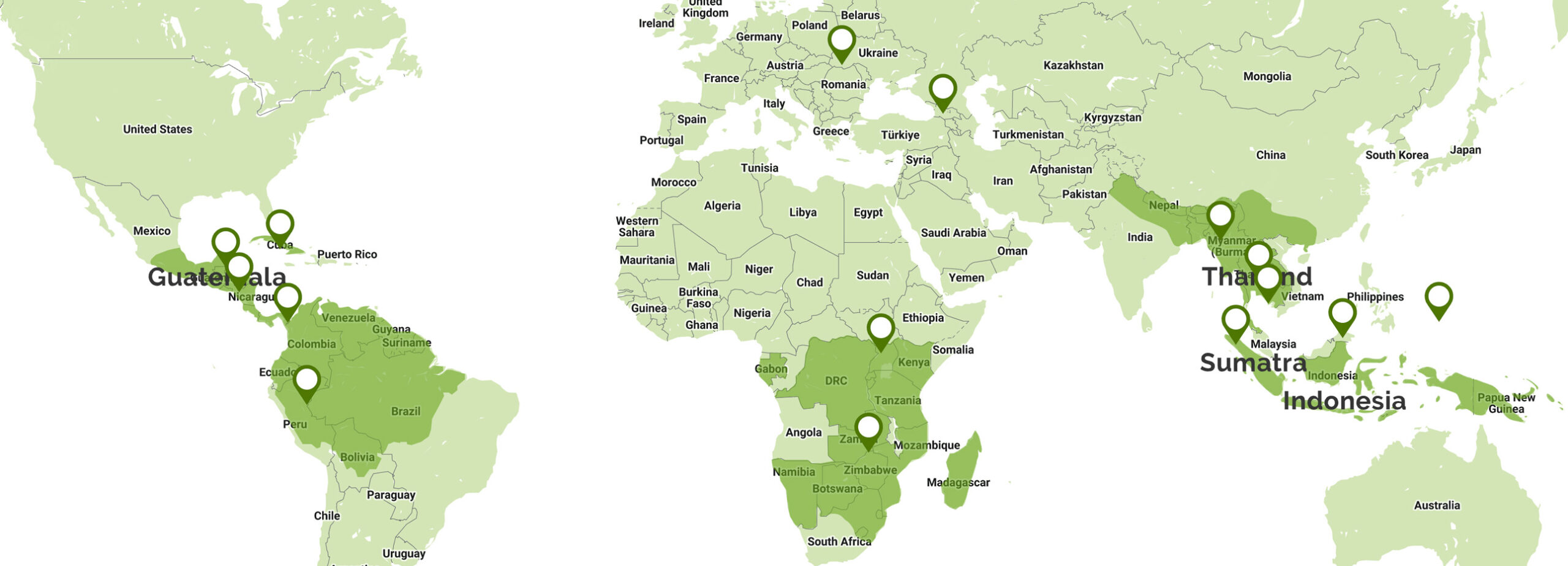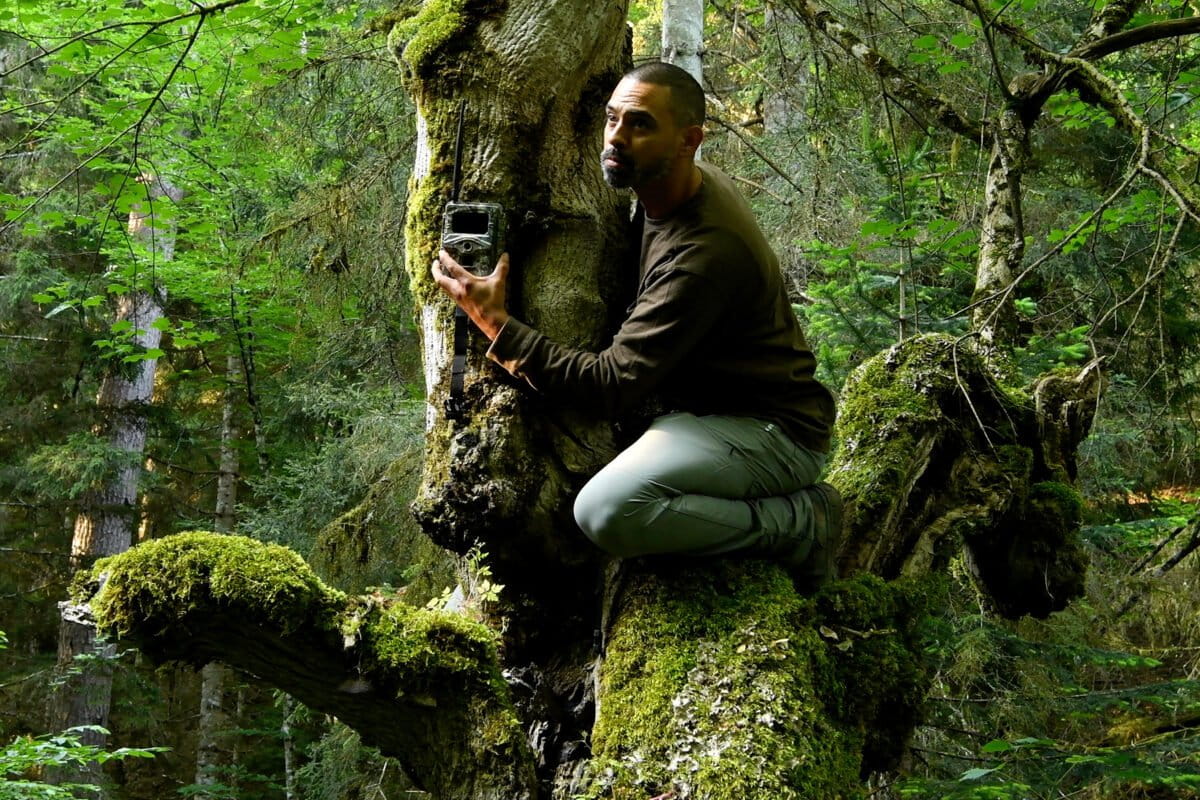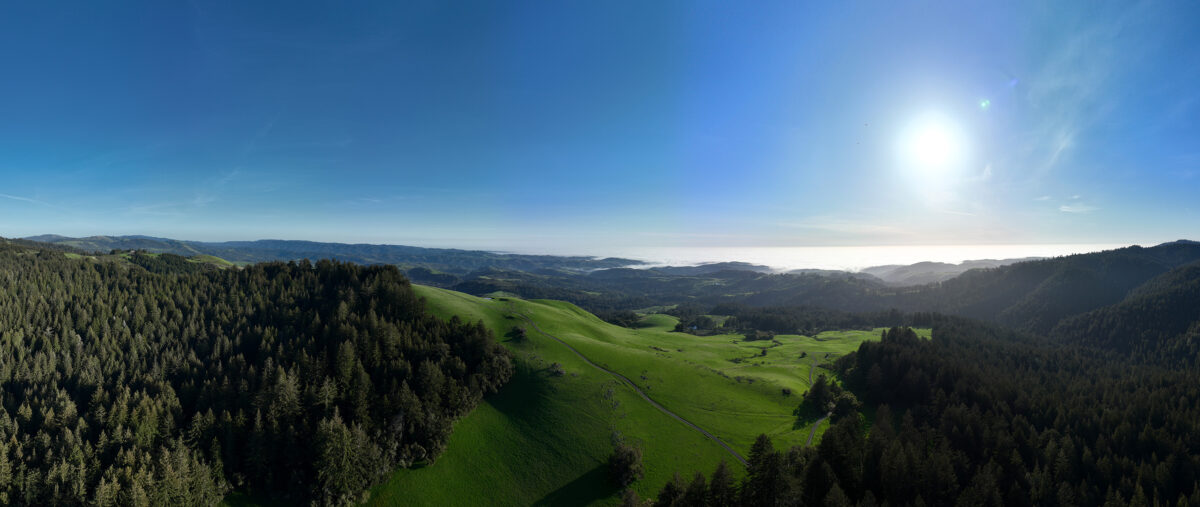Last December, delegates from nearly 200 governments adopted the Kunming-Montreal Global Biodiversity Framework at the United Nations Biodiversity Conference (COP15) in Montreal, Canada. This agreement aims to conserve 30 percent of the earth by 2030 – a goal colloquially known as “30×30”.
But it’s one thing to set aside areas for conservation and another to actually protect habitat in a state that sustains the health of ecosystems and wildlife populations: Numerous studies have shown that formal protected areas often fail to effectively safeguard nature.
However, it’s one challenge to designate areas for conservation, and quite another to genuinely protect habitat in a way that maintains the vitality of ecosystems and wildlife populations. Many studies indicate that officially protected areas often fall short in effectively safeguarding nature.
Jeff Morgan, the founder of Global Conservation, identifies this as a significant shortcoming in the attempts to combat biodiversity loss and climate change. His California-based non-profit organization focuses on strengthening protection within a distinct segment: UNESCO World Heritage Sites in lower and middle-income countries.
“Global Conservation is the only nature conservation group who’s sole mission is the direct funding of park protection systems for saving our most important and endangered world heritage and national parks in developing countries,” the organization asserts.

Global Conservation strategically targets UNESCO World Heritage Sites because governments tend to prioritize them over other areas due to their prestigious U.N. designation and potential for tourism, explains Morgan.
“Clearly, simple designation of protected areas isn’t what is going to get us to 30×30; coverage does not guarantee biodiversity benefits,” Morgan told Mongabay. “But effective management — through strong enforcement — and with evidence for positive environmental outcomes does.”
Global Conservation’s approach involves working with local conservation authorities – be they government rangers or Indigenous community members – to manage protected areas and enforce laws against poaching, illegal logging, and other unlawful activities. The organization heavily relies on a range of cost-effective technologies, such as satellite imagery, cellular trail cameras, marine radars, and drones, to enhance protection. They term this suite of tools “Global Park Defense.”

Currently, Global Conservation is implementing this program across 22 national parks and 10 marine parks in 14 countries. The organization recently announced its ambition to extend its efforts to 100 sites by 2033, which, if realized, would equate to tens millions of acres of protected areas.
“By focusing on the GC100 – the most important and endangered national parks in developing countries for intact forest, marine and wildlife habitats – we can directly protect 250 million acres of intact forests – helping achieve nearly 1% of UN Climate Goals – similar to taking half a billion automobiles off the highways,” stated Morgan, referring to the Global Conservation 100 sites targeted by the organization’s new $50 Million Global Parks Fund. “Protecting our existing national parks, tropical forests and wildlife habitats is the effective and lowest cost way to achieve our climate goals needed to save humanity.”
Morgan talked about Global Conservation’s approach in a May 2023 interview.


